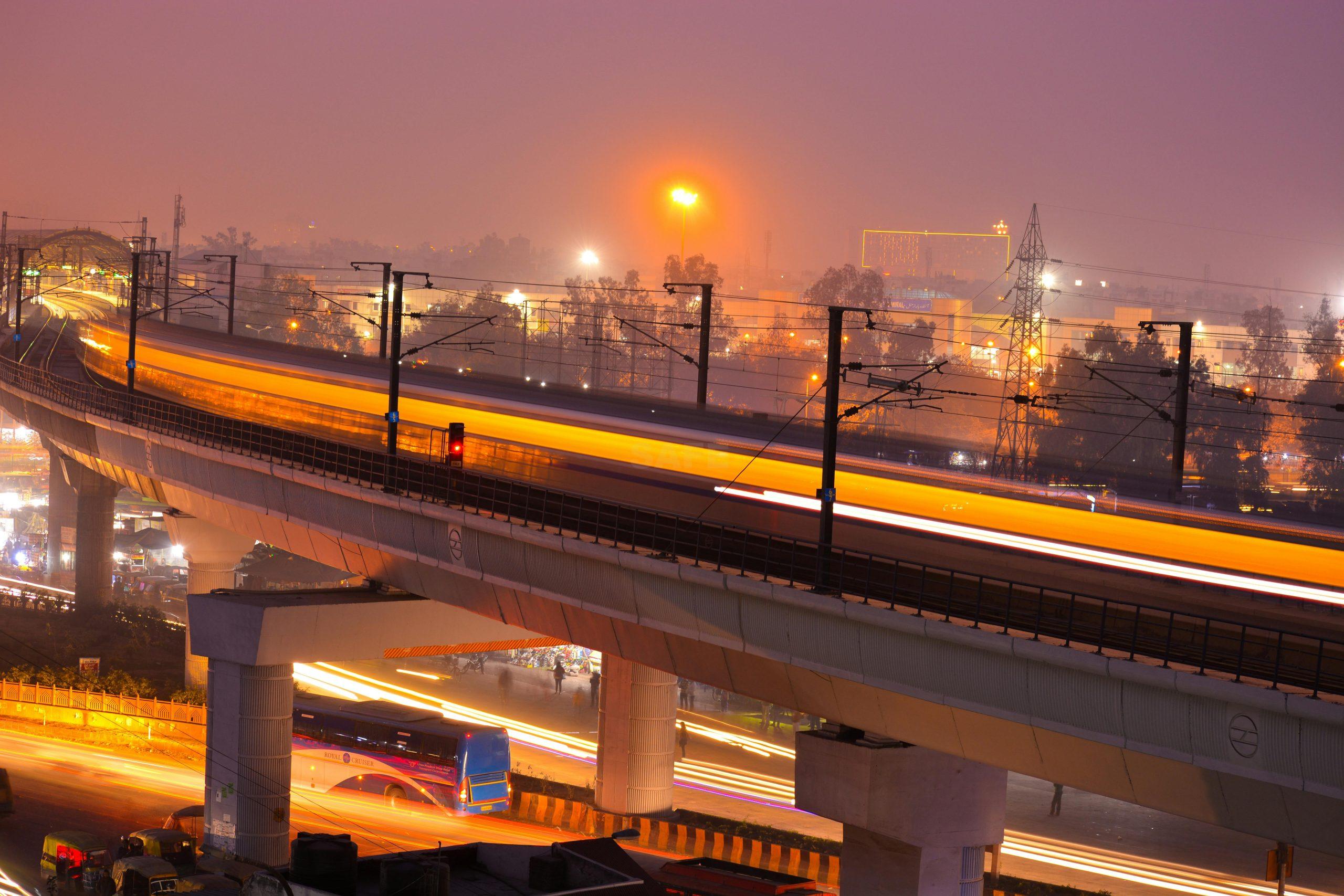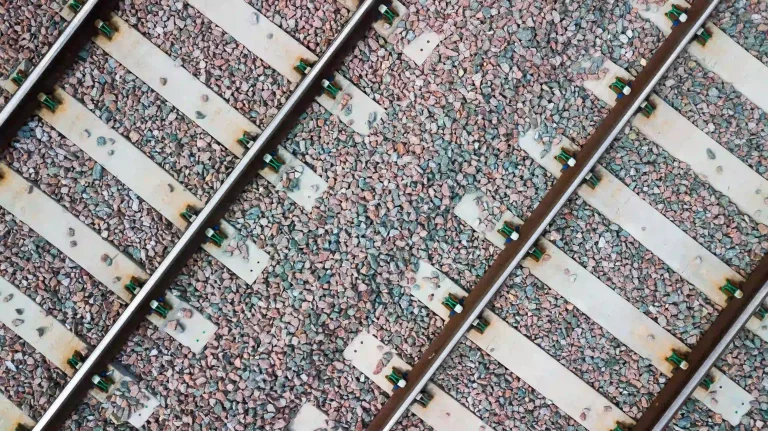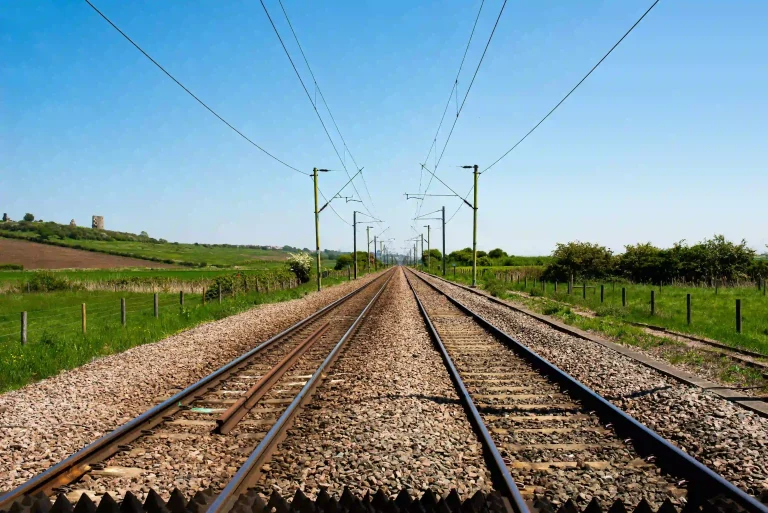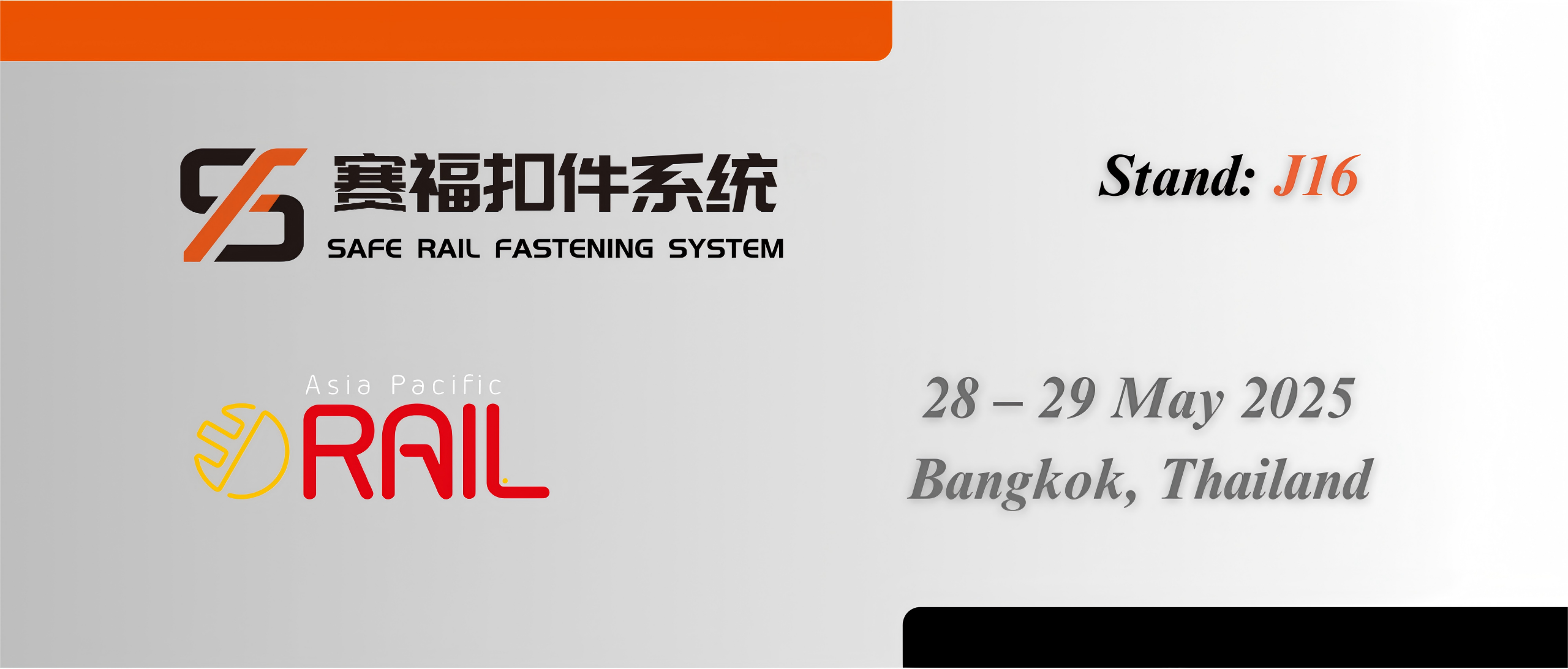Understanding the Function of Rail pads
What Are Rail pads?
Rail pads are essential components in railway systems designed to reduce vibrations and noise generated by trains. These pads are positioned between the steel rail and the concrete or wooden sleepers, providing a cushioning layer that absorbs dynamic forces exerted during train passage. Their primary goal is to enhance the longevity of the railway track infrastructure and improve ride quality for passengers.
Composition and Design of Rail pads
The composition of rail pads typically includes materials like rubber, polyurethane, and other elastomers that offer excellent damping properties. The design of these pads may feature grooves, dimples, or other surface textures to increase their effectiveness in distributing loads and reducing stress concentrations. The correct selection of material and design attributes ensures that the rail pads can withstand high loads and environmental conditions while maintaining their performance over time.
Placement of Rail pads in Railway Systems
The placement of rail pads is a crucial aspect of their functionality. They are installed directly beneath the steel rails and above the sleepers, creating a buffer that mitigates the transfer of vibrations and noise. Proper installation is necessary to ensure optimal performance, requiring precise alignment and secure fastening to maintain stability under the dynamic loads imposed by passing trains.
Mechanisms of Noise and Vibration in Train Operations
Sources of Train-Induced Noise
Train-induced noise primarily originates from three sources: the interaction between the wheels and rails, aerodynamic noise from high-speed travel, and the structural vibrations transmitted through the track and surrounding environment. Understanding these sources is essential for devising effective noise mitigation strategies, including the utilization of rail pads.
How Vibrations are Generated by Trains
When a train moves along the track, the interaction between the wheels and rails generates mechanical vibrations. These vibrations propagate through the rail to the sleepers and subsequently to the ground, causing secondary noise emissions. The stiffness of the rail and the speed and weight of the train all influence the intensity of the vibrations generated.
How Rail pads Mitigate Noise and Vibrations
Absorption and Damping Properties
Material Characteristics Contributing to Damping
Rail pads exhibit high absorption and damping properties due to the materials used in their construction. Elastomers like rubber and polyurethane are specifically designed to convert kinetic energy from vibrations into heat, thereby diminishing the energy transferred to the track structure. These materials are also resilient, maintaining their damping capabilities over extended periods and under varying load conditions.
Design Features Enhancing Noise Reduction
The design features of rail pads, such as varied thickness, surface patterns, and contours, play a significant role in enhancing noise reduction. These features ensure that the pads can distribute load evenly, absorb higher frequencies of vibrations, and provide a greater surface area for energy dissipation. As a result, the overall noise levels experienced during train operations are significantly reduced.
Isolation from Track Structure
Minimizing Direct Contact With Tracks
Rail pads work by minimizing the direct contact between the steel rails and the sleepers. This isolation reduces the amount of vibration energy transmitted through the track structure, effectively acting as a barrier that prevents direct mechanical coupling. Consequently, the noise levels emanating from the track are decreased.
Impact on Vibration Transmission
By interrupting the direct path of vibration transmission, rail pads help in significantly lowering the levels of vibration reaching the ground and surrounding structures. This reduction in ground-borne vibrations not only diminishes noise pollution but also safeguards the structural integrity of nearby buildings and infrastructure.
Benefits of Using Rail pads in Train Systems
Enhancement in Passenger Comfort
One of the primary benefits of using rail pads is the substantial improvement in passenger comfort. By dampening vibrations and lowering noise levels, rail pads contribute to a smoother and quieter ride experience. This enhancement is particularly significant in urban environments where trains operate at high frequencies and close proximity to residential areas.
Prolongation of Track Life
Rail pads play a crucial role in prolonging the life of railway tracks. By absorbing and distributing dynamic forces, they reduce the wear and tear on both rails and sleepers. This reduction in mechanical stress translates to less frequent maintenance, lower operational costs, and extended service life for the entire track system.
Reduction in Environmental Noise Pollution
Decreasing environmental noise pollution is another critical advantage of rail pads. The dampening effect of these pads helps in mitigating the noise generated by train operations, leading to a quieter environment for communities living near railway lines. This reduction in noise pollution has significant public health benefits, including reduced stress and improved quality of life for residents.
SAFE Rail Fastening System (Zhejiang) Co., Ltd.
Located in the heart of China’s manufacturing hub, Zhejiang Province, SAFE covers an expansive area of over 50,000 square meters. With a total investment exceeding 50 million RMB, SAFE boasts an impressive annual production capacity of 5 million sets of rail fastening systems.
At SAFE, we prioritize quality and innovation. Our state-of-the-art facilities house professional production lines and laboratories equipped with over 100 imported automated production and testing equipment. We source high-quality raw materials from reputable domestic enterprises to ensure the excellence of our products. Our extensive range includes rail fastening systems and various railway engineering equipment products for high-speed rails, conventional rails, heavy-haul rails, metro, and subway rails.
Committed to upholding the highest standards, SAFE operates under the ISO9001 Quality Management System, ISO14001 Environmental Management System, and IS045001 Occupational Health Management System. We have implemented a comprehensive performance management model, including the “6S” Management System, ERP Management System, and JIT Production Management Method. Our dedication to quality is further demonstrated through our compliance with CRCC Product Certification and TUV Certification implementation rules and standards.
SAFE’s rail pad, a key product in our portfolio, has gained recognition and approval from the Transport Bureau of the Ministry of Railways of the People’s Republic of China. Our rail pad range includes rubber pads for clamp Ⅱ fasteners, rubber pads for speed-up turnouts, insulated gauge baffles for clamp Ⅲ fasteners, and rubber pads for clamp Ⅲ fasteners. These products have undergone rigorous technical examinations, ensuring their reliability and performance.
Comparative Analysis with Other Noise Reduction Methods
Track Maintenance Techniques
Track maintenance techniques play a crucial role in minimizing noise and vibrations in train operations. Regular grinding of the rail surface is one effective method. This process smooths out any irregularities that could increase noise levels when the train wheels pass over them. Tightening loose fasteners and replacing worn-out components also helps in reducing vibrations. An integrated maintenance strategy, which includes regular inspections and timely interventions, ensures the track remains in optimal condition, thereby contributing to noise reduction. Other methods like track lubrication reduce friction between the wheel and the rail, further mitigating noise issues.
Alternatives to Rail pads
While rail pad is highly effective, there are other noise reduction methods in the railway industry. Sound barriers, for instance, are frequently used alongside tracks to block noise from reaching residential areas. Ballast mats placed beneath the track ballast are another option. These mats act as an additional layer of vibration damping between the track and the ground. Elastic rail clips, which offer a flexible connection between the rails and sleepers, can also help mitigate noise and vibration. Each method has its advantages and limitations, but when employed together, they create a comprehensive noise reduction system.
Recent Developments and Innovations in Rail pads Technology
Advancements in Materials Used for Rail pads
Recent advancements in materials used for rail pad have significantly enhanced their performance and durability. Innovations in polymer science have led to the development of new elastomeric compounds with superior damping characteristics. These materials can better withstand extreme temperatures and prolonged mechanical stress. Additionally, the incorporation of recycled materials into the manufacturing process has become more prevalent, offering an eco-friendly alternative without compromising on performance. Such advancements ensure that rail pad not only prolong the track life but also contribute to sustainable railway operations.
Emerging Designs for Improved Efficiency
Emerging designs in rail pad technology focus on maximizing the efficiency of noise and vibration reduction. One such design innovation includes multilayered pads featuring varied densities, which can absorb a wider range of vibration frequencies. Another design trend involves the use of microstructures on the pad surface to distribute stresses more evenly and minimize wear. Advanced manufacturing techniques, like 3D printing, are also being explored to create customized pad designs tailored to specific track conditions. These innovative designs ensure the pads’ reliability and effectiveness in diverse operational environments.
Future Trends in Railway Noise Reduction
Potential Improvements in Rail pad Technologies
The future of rail pad technologies looks promising, with potential improvements focusing on enhancing material properties and design features. The development of smart materials that can adapt their damping characteristics in response to changing load conditions is one area of research. These smart pads would offer dynamic performance, adjusting to different speeds and weights of passing trains. In addition, integrating sensors within the rail pads could provide real-time monitoring of their condition, enabling predictive maintenance and reducing the likelihood of sudden failures. Such innovations promise to take railway noise reduction to the next level.
Integration with Smart Railway Systems
The integration of rail pad with smart railway systems represents a significant future trend. Incorporating Internet of Things (IoT) technology into railway infrastructure could enable the continuous monitoring of noise and vibration levels. Data collected from sensor-equipped rail pads could be analyzed to optimize maintenance schedules and improve overall track performance. Smart control systems could adjust train speeds or other operational parameters in real-time to minimize noise impact. This synergy between advanced rail pad technologies and smart railway systems ensures a more efficient, quieter, and safer railway network for the future.
By embracing these advancements, the railway industry is poised to make significant strides in noise reduction, translating to better service for passengers and less environmental impact on surrounding communities.











